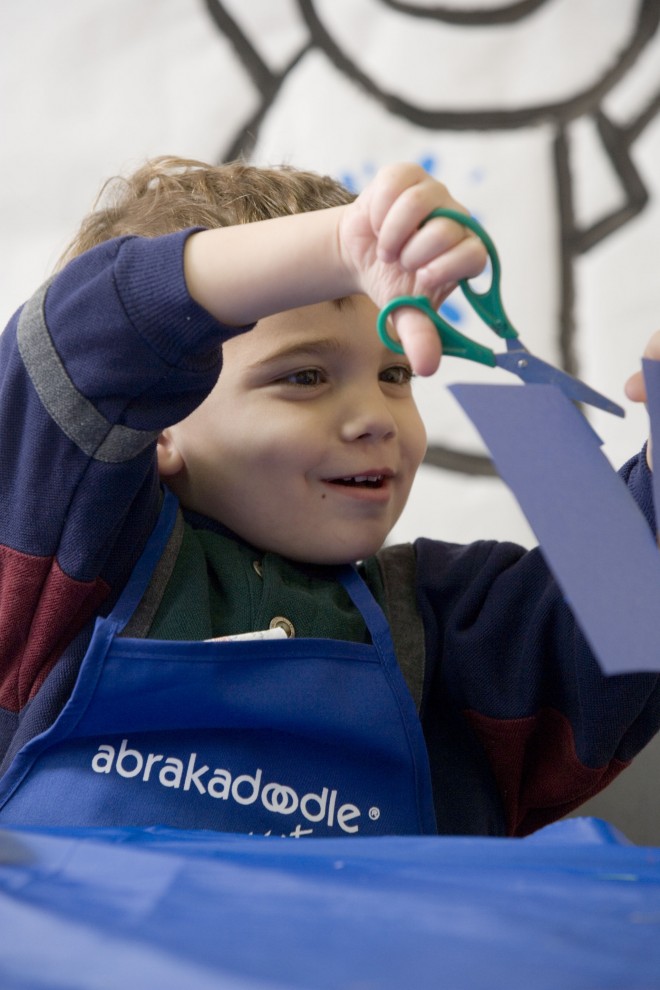
Does Your Child Have These Key Readiness Skills?
As a parent, you want to ensure that when your kids start school they are confident and prepared. You may be surprised to learn that some specific kindergarten and first grade readiness skill are often lacking. Mary Rogers, MA.Ed, has spent her career developing educational programs for kids and began noticing that children are entering school with underdeveloped skills in an important area.
What skills are falling short? Rogers says, “Kids are coming to school and entering kindergarten and first grade without basic fine motor skills – such as simple drawing and letter formation, the ability to color within the lines and cutting.” Fine motor skills involve using the small muscles, especially those in the hands, to perform tasks such as writing, grasping and other functions. While there may be a physical reason for a lack of skills, many times it’s simply a lack of experience. Think of it this way, she says, “When we were kids we may have spent hours amusing ourselves with puzzles, coloring books, scissors and paper – all things that involved fine motor skill development. Many of today’s kids are more proficient doing activities on a computer or tablet than offline and may not spend the time needed to develop these important fine motor skills.”
What’s a parent to do?
The first thing is to make sure that your child is spending time on activities that will help develop these skills. With so many options for free-time activities here are some suggestions that will help develop and strengthen these important fine motor skills:
1) Provide various writing/drawing tools such as oil pastels, crayons, markers, colored pencils and regular pencils to spark his/her interest.
2) Purchase a good pair of child-safe scissors and let your child go to town cutting everything from paper strips, paper plates, old magazines, newspaper, boxes and more.
3) Supply non-toxic glue and tape for affixing cut-up pieces to assemble collages, pictures or sculptures. Encourage creative solutions.
4) Obtain dough, clay and age-appropriate modeling compounds (such as Crayola’s Model Magicâ) and encourage rolling, squeezing, cutting and forming the dough into shapes and objects.
And most importantly, show interest in your child’s activities by asking questions such as “How did you do that?” and “What are you creating?” and “What can you tell me about that?” Kids really enjoy these fine motor activities, and these skills will help them thrive in school. Sometimes they just need a little encouragement.
